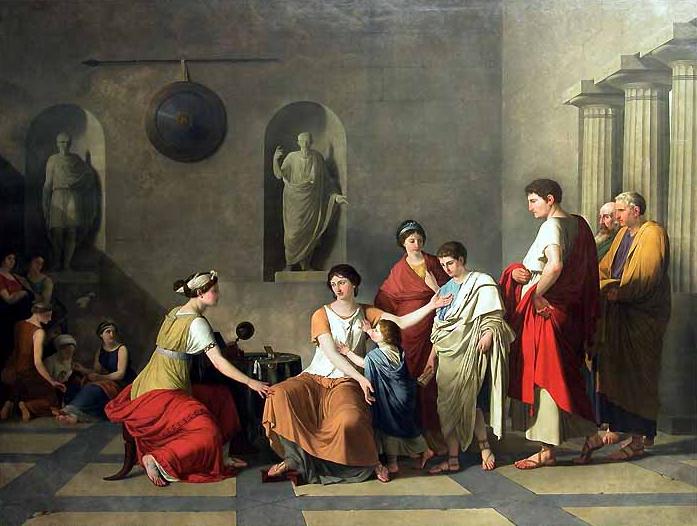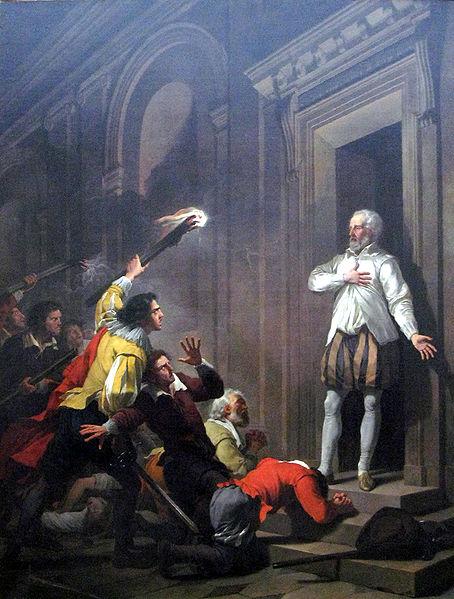<Back to Index>
- Painter François - André Vincent, 1746
- Painter Jean - François Pierre Peyron, 1744
- Painter Joseph - Benoît Suvée, 1743
PAGE SPONSOR
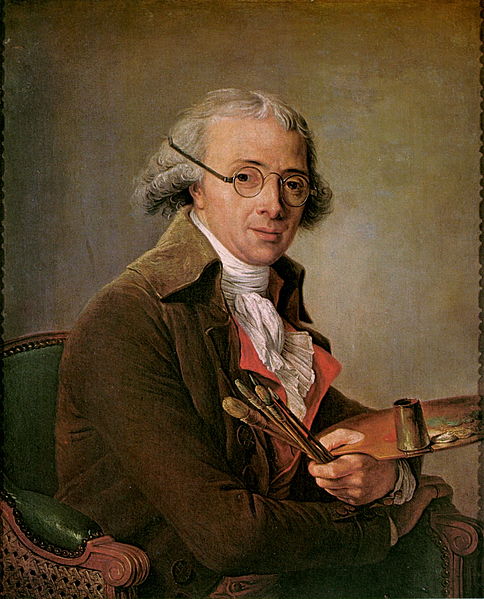
François-André Vincent (December 30, 1746 – August 4, 1816) was a French neoclassical painter.
He was the son of the miniaturist François - Elie Vincent and studied under Joseph - Marie Vien. He traveled to Rome, where he won the Prix de Rome in 1768. From 1771 to 1775 he studied there at the Académie de France.
In 1790, Vincent was appointed master of drawings to Louis XVI of France, and in 1792 he became a professor at the Académie royale de peinture et de sculpture in Paris. In 1800, he married the painter Adélaïde Labille - Guiard.
He was a leader of the neoclassical and historical movement in French art, along with his rival Jacques - Louis David, another pupil of Vien. He was influenced by the art of classical antiquity, by the masters of the Italian High Renaissance, especially Raphael, and among his contemporaries, Jean - Honoré Fragonard.
He was one of the founder members of the Académie des beaux - arts — part of the Institut de France and the successor to the Académie royale — in 1795. Towards the end of his life he painted less due to ill health, but he continued to receive official honors.
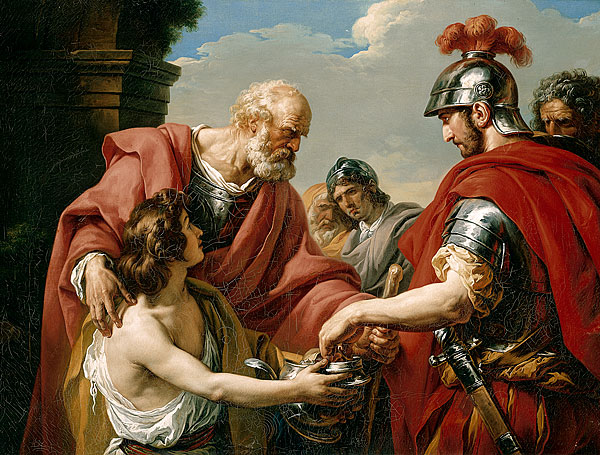
Jean - François Pierre Peyron, full name of Pierre Peyron (15 December 1744 – 20 January 1814) was a French neoclassical painter.
Peyron was born in Aix - en - Provence, where he studied art under Claude Arnulphy. He was later a pupil of Lagrenée and was regarded as among the best painters of his generation.
He was one of the first to re-apply the Classic principles of composition, in the manner of Poussin, while the prevailing fashion was in favor of rococo.
He won the prestigious Prix de Rome in 1773, ahead of David who was also a candidate. He spent the years between 1775 to 1782 in Rome, with the Academy of France in Rome.
On his return to Paris, Peyron found that the career of David had taken its rise and has completely eclipsed his own, relegating it to a minor role in the history of art - which became evident in the exhibitions at the Salon of Paris between 1785 and 1787. David did, however, pay homage to Peyron at the time of his funeral, stating: “He had opened my eyes.” Peyron died in Paris, aged 69.
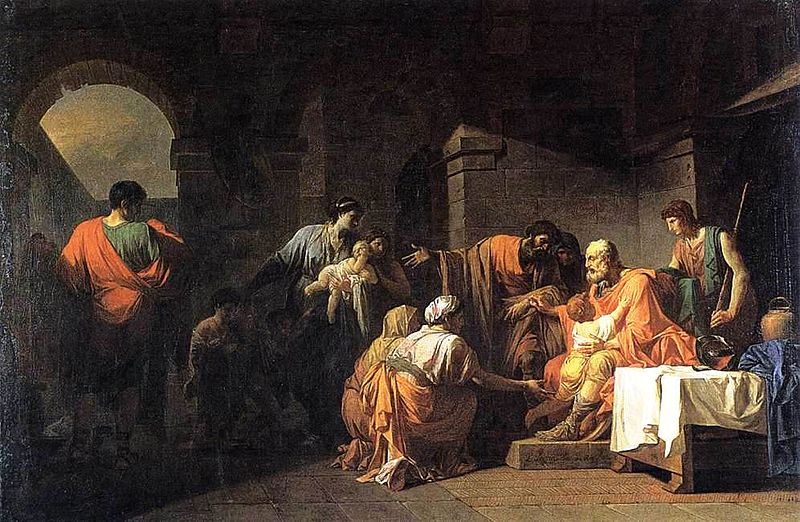
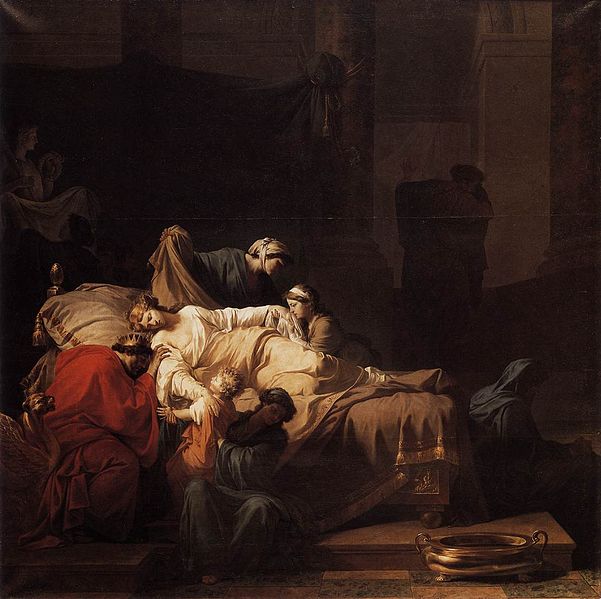
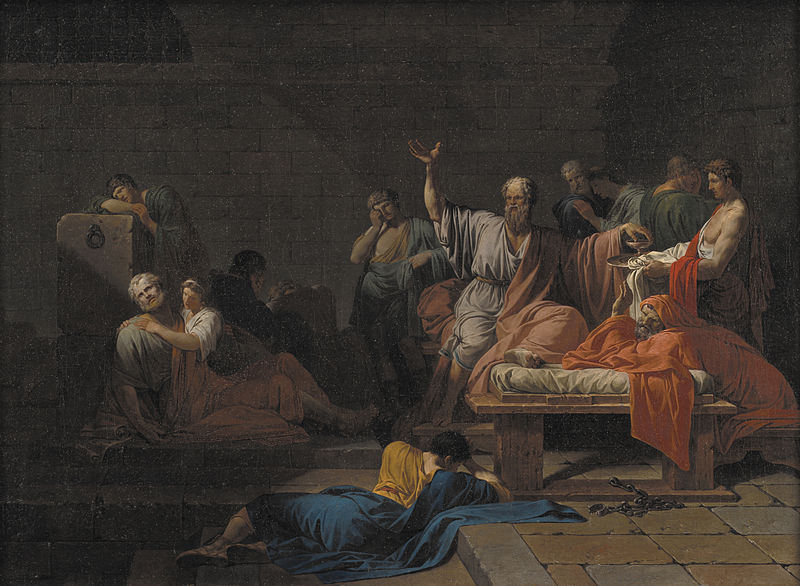
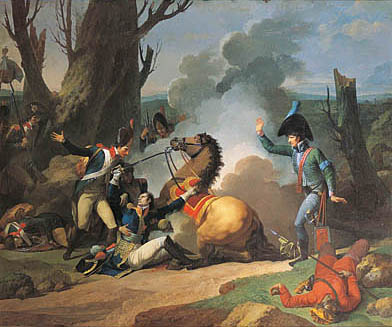
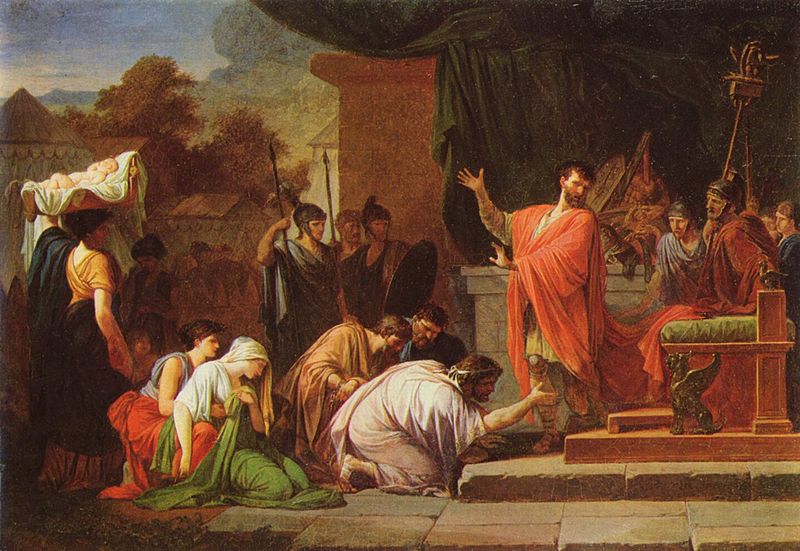
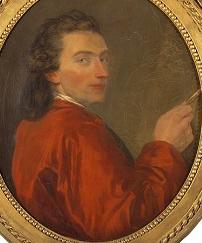
Joseph - Benoît Suvée (3 January 1743 – 9 February 1807) was a Flemish painter strongly influenced by French neo - classicism.
He was born in Bruges. Initially a pupil of Matthias de Visch, he came to France aged 19 and became a pupil of Jean - Jacques Bachelier. In 1771, he won the Prix de Rome. In Rome from 1772 to 1778, he prolonged the usual duration allowed to pensionaries of the French Academy in Rome. He was named an academician on his return to Paris and he opened an art school for young women at the Louvre. He emulated and competed with Jacques - Louis David, earning his enduring hatred.
Named the French Academy in Rome's director in 1792, replacing François - Guillaume Ménageot, he was imprisoned for a while in the Prison Saint - Lazare and only able to take up the post in 1801. After a brilliant career, and a six years' stay in Rome as the Academy's Director, he died there suddenly.
His works include Achilles depositing the body of Hector at the feet of the body of Patroclus, (1769, Louvre), and Cornelia, mother of the Gracchi, (1795, Louvre).
